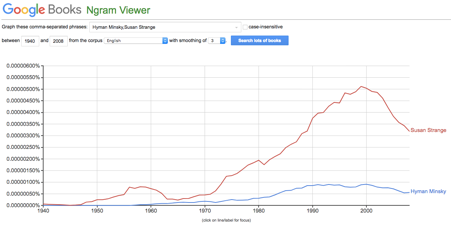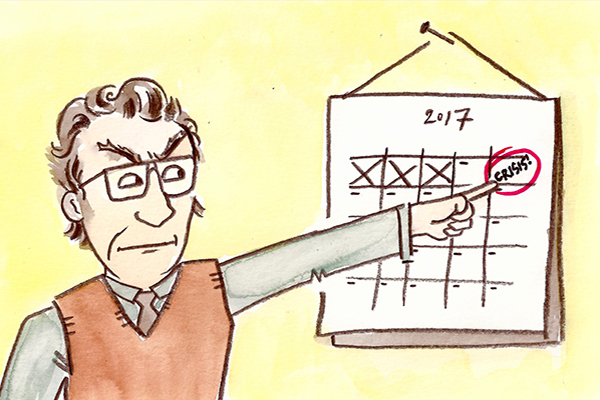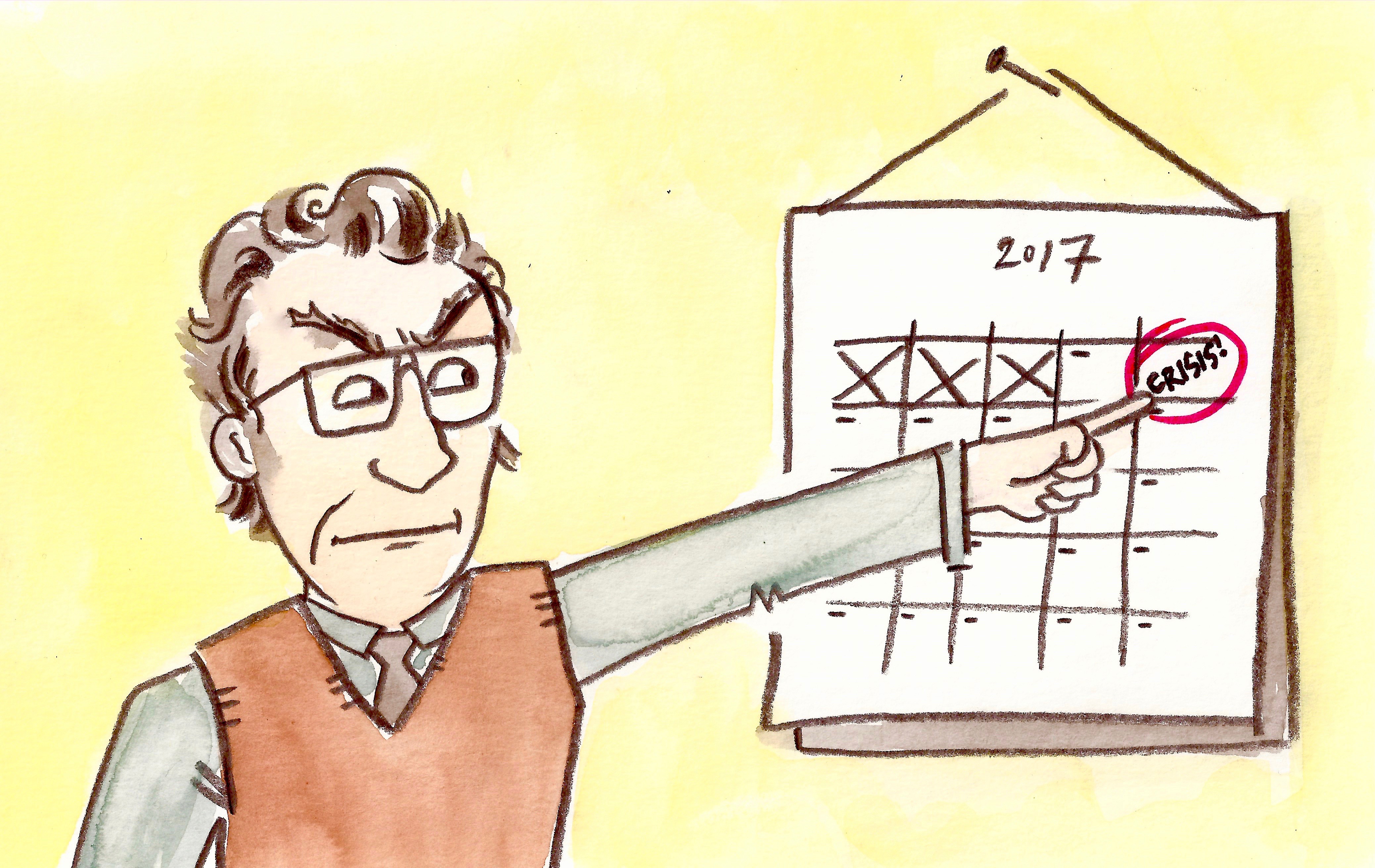After the Great Financial Crisis, Minsky rose to fame. But few people grasp the breadth and depth of his work beyond the “Minsky Moment”. If that’s you, Daniel Neilson’s recent book is a worthy read. By Ayoze Alfageme.
A decade after the Great Financial Crisis, Minsky presents a meticulous reconstruction of Hyman Minsky‘s lifework that goes well beyond the mere explanation of financial bubble bursts. Indeed, Neilson devotes only a few pages to what Minsky is best known for—his Financial Instability Hypothesis. The reason is not for its lack of relevance within Minsky’s theory, but because the author places it as one piece of an overall financial theory of capitalism that he painstakingly elaborates in a mere 150 pages. Presenting Minsky’s ideas in a comprehensive and exhaustive way is not an easy task, given that he worked out his thinking by sketching his theory piecemeal in various places as he witnessed history pass by. Thus, the author elaborates three different threads through which he deconstructs Minsky’s work into elements to be then reconstructed and presented as a thorough vision of capitalism.
A financial theory of capitalism
The first thread comprises four out of eight chapters of the book and deals with Minsky’s financial theory. In modern societies, a matrix of balance sheets connects all agents via debt and credit commitments—assets and liabilities—that have arisen from past payment decisions. Minsky shows that payment structure, intrinsic to capitalist societies, is prone to recurrent crises due to the imperative requirement to repay debts. This requirement, or ‘survival constraint’ as Minsky termed it, forces everyone to generate greater monetary inflows than outflows. When debts come due, debtors search for a liquid position that allows them to redeem their debts using money or, as Minsky said, whatever the lender will accept to write off the debt. Position making is the action through which assets and/or liabilities are sold if a unit is illiquid and in need of cash. The famous hedge, speculative, and Ponzi positions are nothing more than a form of position making—a search for liquidity. A crisis might be triggered by the effect upon other units of a unit’s inability to pay i.e. to find liquidity. A widespread financial crisis unfolds when the market for position making for liquidity comes to a halt. At this point, the role of the central bank is to step in as a lender of last resort—the market maker of last resort—that can blow liquidity into the system as its only initiative.
The making of a maverick economist
The second thread, interwoven with the first, narrates Minsky’s path to becoming the economist he was. For example, we learn from Henry Simons, his professor in Chicago, how Minsky adopted a practical outlook view of Simon’s view on the requirement to pay debts and how he added the theoretical and institutional issues of liquidity to Schumpeter and Keynes’ monetary theory of production. In Neilson’s account, liquidity is at the core of Minsky’s financial theory. Minsky’s considerations about liquidity, uncertainty, and time, stand as the main divergences between his approach and that of the mainstream.
The third and final thread of the book deals with the position Minsky took towards the rest of the economist profession, disentangling the contradictions between the two. In need of a new language through which he could express the knowledge he wanted to convey, Minsky found himself at the margins of the profession and in conscious opposition to the mainstream. Interestingly, the book also reveals how even interpretations by those who, as post-Keynesians of different strands claiming to Minsky’s insights, sometimes fail to understand his core contributions.
Throughout the book, Neilson successfully presents Minsky’s theory and policy and the intellectual challenges he faced during his career as an economist. The book also encompasses his Ph.D. thesis, the writing of his two books—John Maynard Keynes and Stabilizing an Unstable Economy—his collaborations with the financial sector, his financial analyses for the public sector, as well as the economic and financial crises he witnessed and eagerly strove to analyze. Overall, the author conveys, with a dash of critical insights of his own, what he and his professor, Perry Mehrling, consider to be the most important thing we can learn from Minsky: his vision of how financial capitalism works
Buy the book: Minsky. By Daniel H. Neilson. Polity Press: Cambridge, 2019. 224 pages, £16.99.
About the Author: Ayoze is teaching assistant and PhD candidate at the University of Geneva. Twitter: @_Ayoze_
Want to review a book you read? YSI will reimburse you for the price of the book, and will consider your piece for publication on Economic Questions. Reach out to contact@economicquestions.org to get started.
This article was originally posted in Economic Issues, Vol. 25, Part 1, 2020.
Access here.




